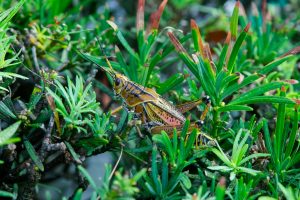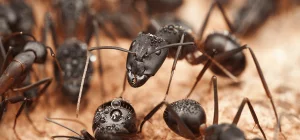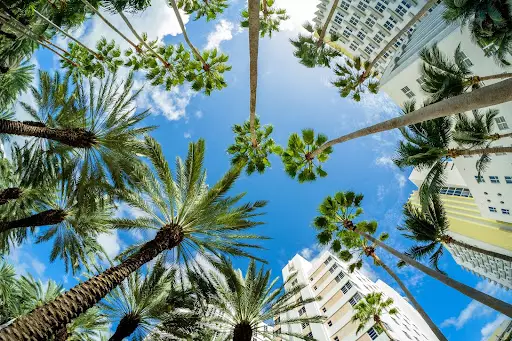
Nothing says “Florida” like the state’s magnificent, towering palm trees. While Florida’s official state tree is the sabal palm (also called a cabbage palm or sabal palmetto), there are more than 34 different types of palm trees growing in the state, 12 of which are considered Florida natives.
If you are fortunate enough to have one or more of these natural beauties growing on your home or business property, you owe it to yourself, your neighbors, and your community to keep them healthy, strong, and growing. If you’re wondering how to care for palm trees in Florida, know that the best approach starts with preventing the conditions that endanger them.
How to Care for Palm Trees in Florida: Prevention
Your palm trees may appear to be maintenance-free, but keeping palms healthy requires careful attention to the soil under and around the tree, how water drains around the tree, and the appropriate use of fertilizer, among other issues. We have gathered a few tips to care for your palm trees, which include:
- Ensure the soil around the palm tree has the right balance of alkaline vs. acidity. An incorrect balance can cause nutritional deficiencies.
- The soil should also be moist but not flooded. Overwatering the tree can damage its roots and promote disease, so check how water drains from the soil around the tree.
- Similarly, palm trees need to have their fronds trimmed regularly, but over-pruning, pruning too soon, or pruning incorrectly can make the tree vulnerable to disease as palm leaves are a source of many of the tree’s nutrients.
- Refrain from fertilizing around a newly planted palm tree for at least three or four weeks to prevent the fertilizer from damaging the tree’s roots.
- To prevent burning the palm tree, apply fertilizer at least two feet away from the tree’s trunk. Use the appropriate type of fertilizer, and apply it at least four times a year during warmer months.
Why Florida’s Palm Trees Need Special Care
Healthy palm trees can naturally resist diseases and insect pests, but keeping the trees in good health can be challenging in South Florida, in part because of the range of soils in the area. While many types of palms adapt easily to different soils, others do best in acidic or alkaline environments.
For example, Foxtail palms, Joey palms, King palms, Lipstick palms, and Queen palms prefer acidic soils, while bailey palms, Blue Latan palms, Bottle palms, Needle palms, and Date palms do better in alkaline soils. Sandy loam and other sand-based soils that have pH levels between 6.3 to 6.8 are ideal for tropical and other palm species.
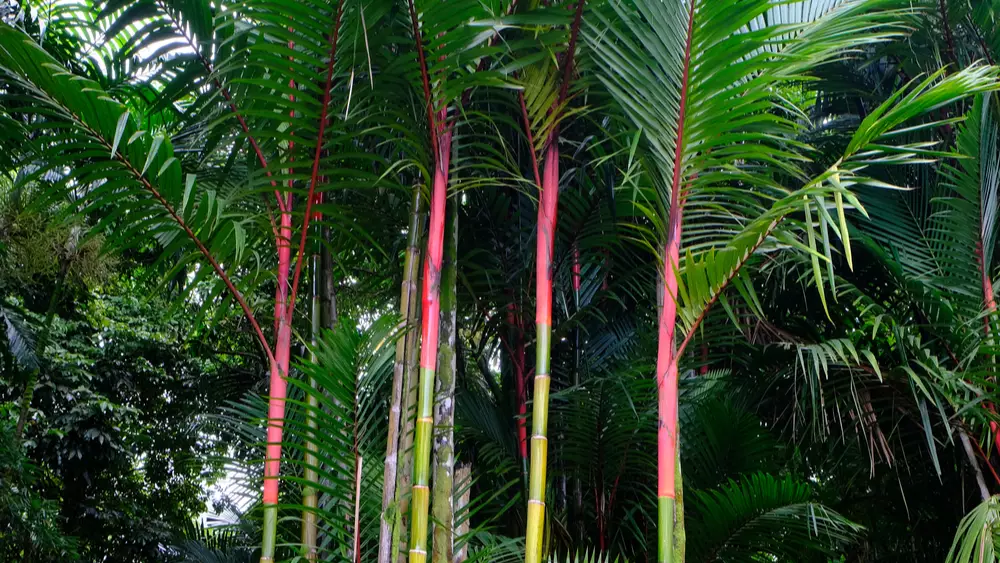
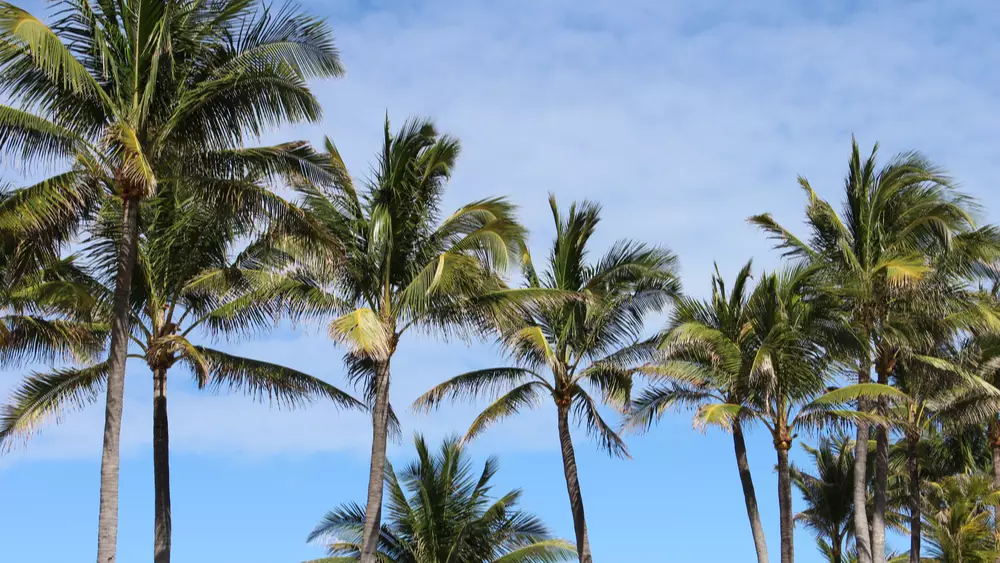
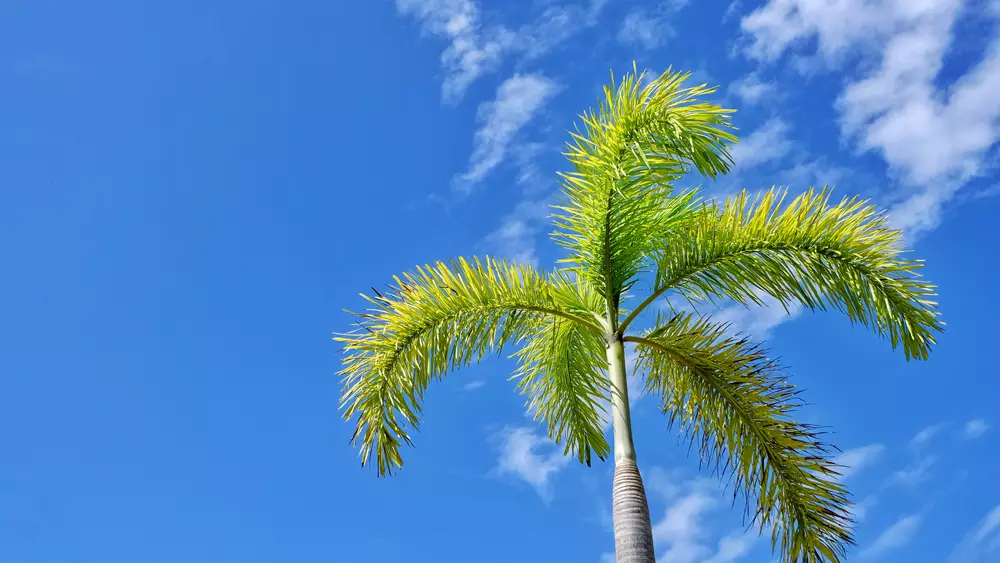
Acidic soils (those with pH under 6.3) may require the application of dolomite limestone to raise the pH level, while soils that are too alkaline can have their pH level reduced by adding sulfur rather than dolomite. Lawns that are fertilized using organic amendments such as sphagnum peat, wood chips, grass clippings, straw, compost, manure, biosolids, sawdust, and wood ash typically have higher levels of acidity.
With so many different types of palms here in Florida, identification can often be difficult. And, if you cannot properly identify what type of palm you have on your property, proper care for the tree will be next to impossible. Knowing how to care for palm trees in Florida is only half the battle, identification is the other half. This is why many turn to an expert in the field to care for their palm trees.
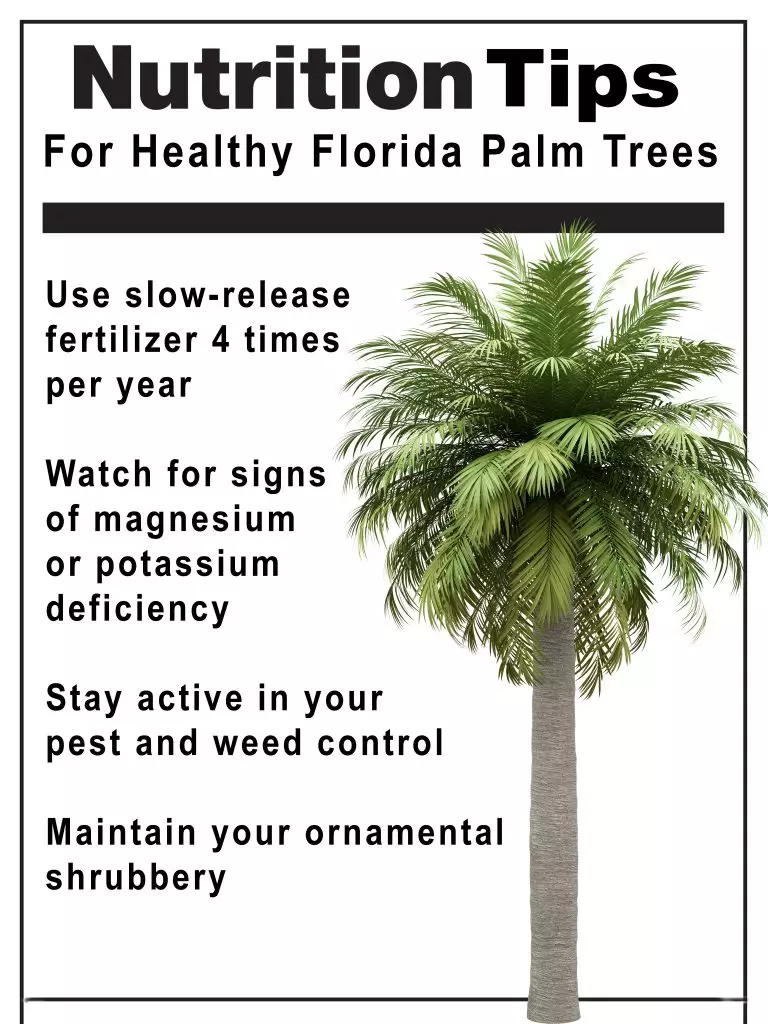
Nutrients that Keep Florida Palm Trees Healthy
Florida’s sandy soils can deprive palm trees of the nutrients they need to thrive. It’s always better to keep your palm trees well fed rather than treating them with nutrients after they show signs of deficiencies. A typical maintenance schedule calls for applying the correct type and amount of fertilizer to the tree four times a year.
The nitrogen, potassium, and magnesium in the fertilizer should be the slow-release type. A problem that strikes many palm trees in South Florida is a magnesium deficiency, which can cause yellowing of mid-canopy leaves, while a potassium deficiency may cause yellowing of the leaves in the tree’s lower canopy. Canary Island palm trees are especially vulnerable to these types of nutrient deficiencies.
Lastly, make sure you fertilize the palm tree rather than the turf around it. Palm fertilizer is explicitly formulated for the needs of the trees, although it will also benefit the turf. By contrast, turf fertilizer lacks nutrients your tree needs, which may force it to get the nutrients it needs from its own older leaves.
Palm tree maintenance is only one part of a comprehensive approach to keeping your lawn, shrubs, and plants in tip-top shape. A regular lawn regimen for homes and businesses in South Florida includes:
- Fertilization.
- Fungus and disease control.
- Pest and weed control.
- Maintenance of ornamental shrubbery.
- Care for bushes, privacy hedges and other trees.
Getting Started With Nozzle Nolen
When you turn to Nozzle Nolen for your lawn and palm tree care, you tap the expertise gained from the company’s 70 years of service to South Florida. Nozzle Nolen offers integrated pest management that is at the forefront of the industry.
Through Nozzle Nolen’s palm program, we have been teaching residents and business owners how to care for palm trees in Florida for over 70 years. If you are interested in our palm program or professional lawn care services, call us at 1.800.226.6536 or Contact Us for more information. We look forward to serving you.
